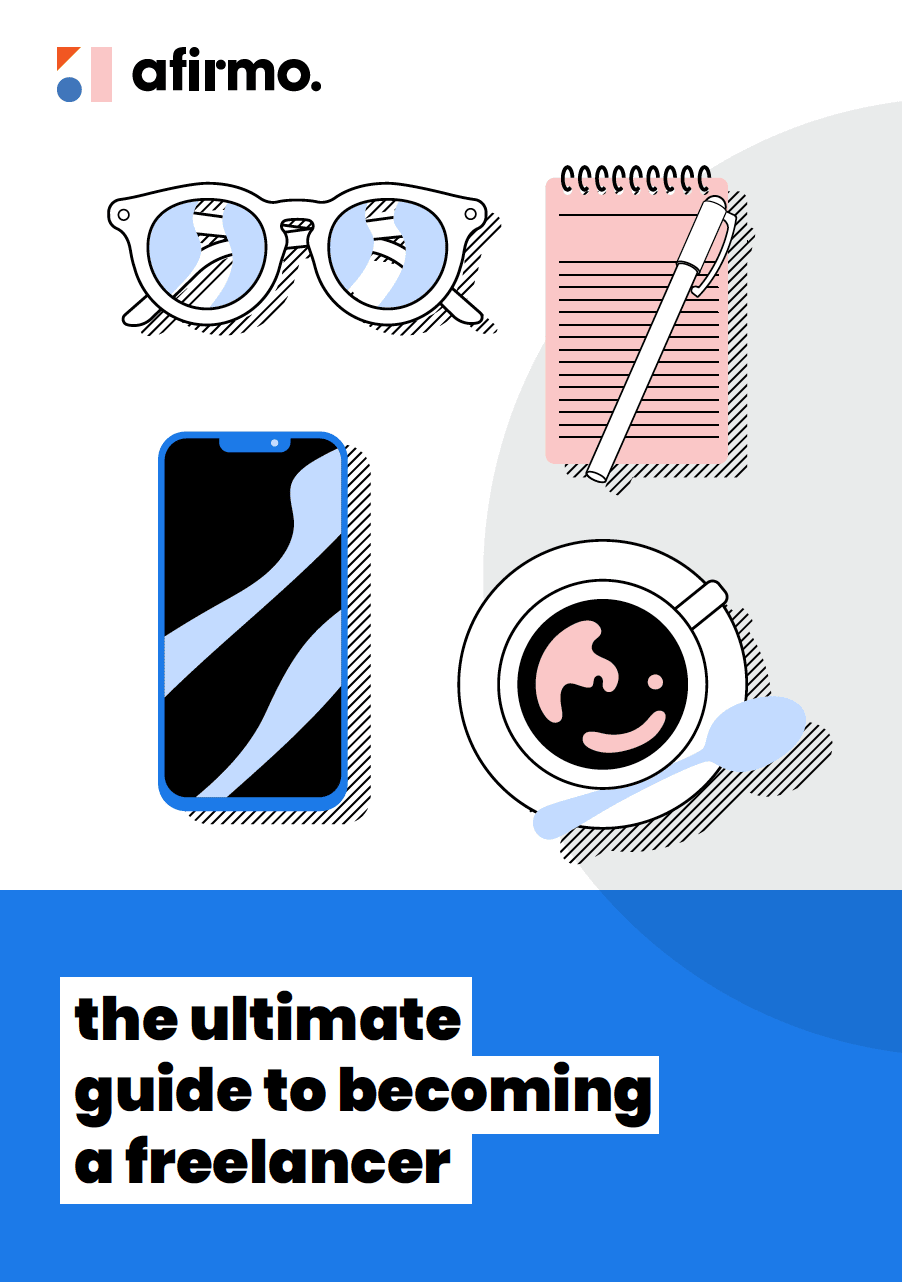Once you’ve completed market research into your initial ideas around what you might offer as a freelancer, and who might need your services, it’s time to settle on some detailed definitions.
It’s important to stick with what you’re good at and not be tempted into something that won’t give you a reputation for excellence. If you do see future opportunities you’d like to pursue when you have the skills and experience, make a note of them and look for the training you’ll need at a later date.
Think about the four requirements for a successful freelance service
These criteria provide a quick check that your proposed freelance offering makes sense. It should be something that:
- Customer needs
- Customers will pay you for your services
- You have expertise/talent in the services you are offering
- You enjoy doing it
Write a pitch – long, short and elevator
Start with the problems customers have. This shows you understand their situation. Explain the benefit your freelance service provides, how it solves problems for them and finally, justify that benefit by describing the features of your service offering. These features can include what you do, how you do it and why you can do it really well.
Pitch example: Freelance employee communications specialist
LONG PITCH
When medium-to-large organisations run major change projects, well planned and executed employee communications are essential for success. But in-house communications teams can quickly become overwhelmed because there’s no let-up in the demand for business-as-usual communications.
Hiring a freelance employee communications specialist to work alongside your communications, management and project teams provides a resource you can adjust to meet demand, without the overheads of hiring a permanent employee. It can also introduce fresh ideas and potential learning opportunities for your people. Having established a relationship with a trusted freelancer, you have on-call cover for future projects or when in-house employee communications people take extended leave.
I have 10 years experience in planning, executing and evaluating change communications in large public and private sector organisations. Projects I’ve supported include restructures, major process changes and the introduction of new IT systems. I adapt quickly to organisations’ cultures and systems, working collaboratively within those environments rather than seeking to impose my own.
SHORT PITCH
Major projects in medium-to-large organisations significantly increase the workload for employee communications teams. Hiring a freelance specialist allows you to match the demand required for project success, without the overheads of hiring extra permanent staff. I have 10 years experience in planning, executing and evaluating change communications for a wide range of projects from restructures to new IT systems.
ELEVATOR PITCH
I provide a freelance service to boost employee communications capability during major change projects in large organisations. I’ve been doing this for more than 10 years now and I love the difference it makes for everyone involved.
Define your target audiences
This is where you focus on who needs your freelance services and will be willing to pay for them.
If your market is consumers, you can create customer personas to represent your main audience groups. Personas are fictional characters that you describe in detail. For example, if you plan to become a freelance personal trainer for new mums, a customer persona might read like this.
Persona example: Claudia – fitness-focussed new mum
Claudia is 28 and a successful social media specialist with a large marketing company. She and her partner Simon own a small apartment in the inner city, thanks to some help from parents. They love the great outdoors and have always enjoyed weekend hikes and cycle trails. They also strive to minimise their carbon foot-print and reduce waste wherever they can. Both are focused on building their careers, which has meant long working hours. Claudia loves to power-up for the day with an early workout at the gym, but this has gone on the back-burner since their new baby arrived. She needs a way to stay in shape that’s flexible enough to fit in with her role as a new mum. It would also be great to have someone to talk to more often about whatever’s on her mind.
If your target customers are businesses then your definition should include:
- The type of business or industry they’re in
- How many employees they have
- Their annual turnover
- Why they would need your freelance service – the problems you solve
- What positions within the organisation would want to hire you
- Who would ultimately make the decision to hire you and approve the budget
Define the opportunity
Having clearly described your freelance service and target audience, you can now define the opportunity. This involves research to quantify things like:
- How many potential customers exist within your target geographical region
- How often they need services such as yours
- How long they would typically hire you for
- The potential for repeat business, if any
- How many competitor freelancers or businesses are operating in the same market
- Your main points of difference that will make your offer more attractive
- Potential threats to your freelance business, such as how easily a competitor can copy what you offer
- Market or industry trends that have the potential to increase or reduce demand for your services
With your service audience and opportunity defined in detail, your next step is to decide on pricing. This includes how much you’ll charge, pricing options you’ll offer and customer payment options.
Your Guide to becoming a freelancer chapters
- Chapter 1- Market research and validating your freelance idea
- Chapter 2 – Defining your freelance service and target audience
- Chapter 3 – How to price your freelance services
- Chapter 4 – How to write a freelance business plan
- Chapter 5 – Building your business portfolio
- Chapter 6 – Online presence and marketing
- Chapter 7 – How to manage your time as a freelancer
- Chapter 8 – Managing your finances as a freelancer
- Chapter 9 – How to choose the best insurance for freelancing
Learn More
- See our guide to email marketing for your small business
- Should I buy an email marketing list?
- See our guide to registering a business name
- See our guide to creating a website
- See our guide to setting up a blog for your small business
- Create a logo, register a domain name and build a website with our Marketing Toolkit
- Registering as a sole trader in New Zealand
- Registering a company in New Zealand
- Getting a business number in New Zealand
- Setting up a business and getting the basics right



